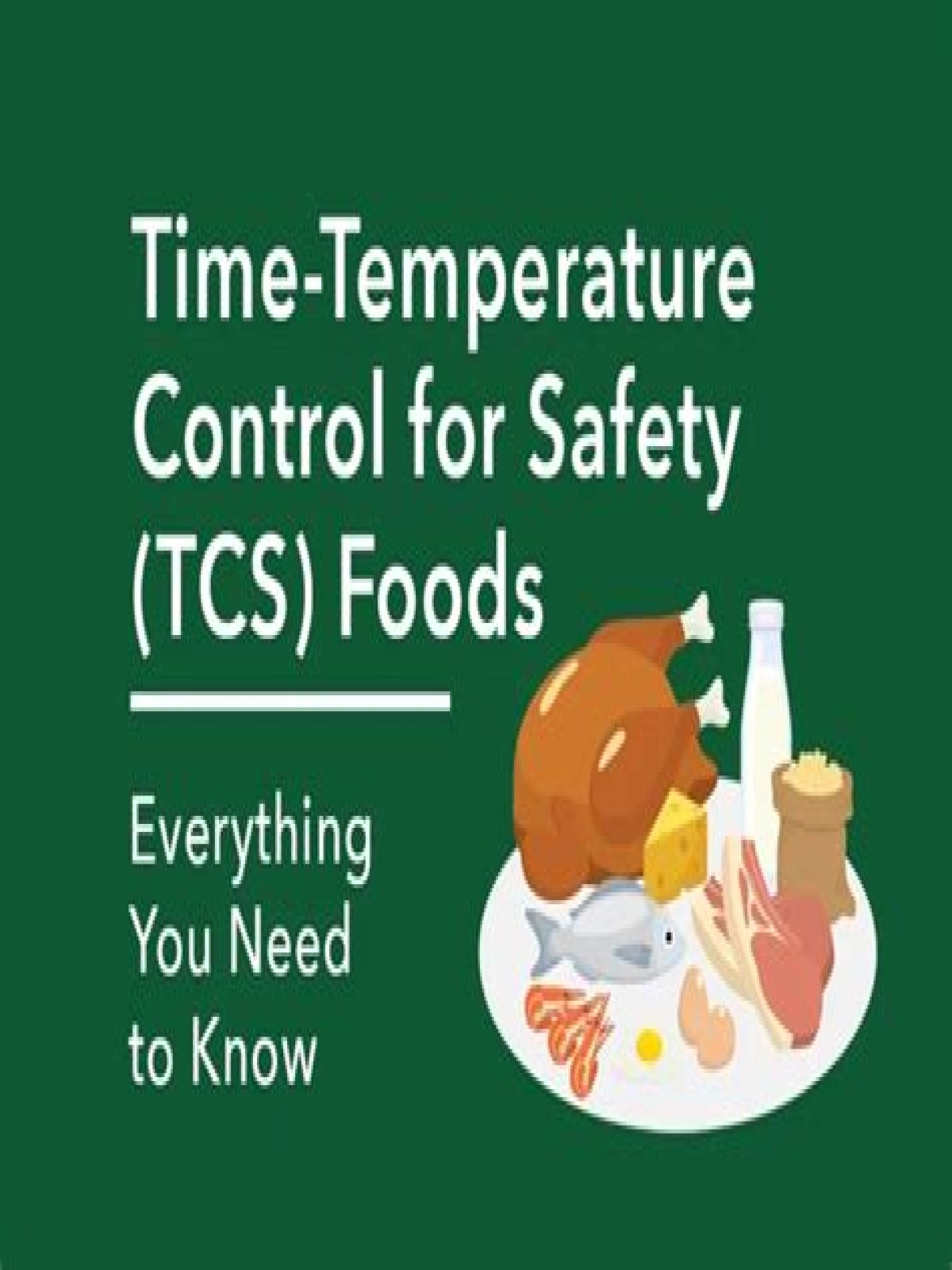Similarly, how long can cold held food be served without temperature control?
Hot held and cold held foods can be served for four hours without temperature controls if they are discarded after the four-hour time limit. Cold foods can be served for six hours as long as the food temperature stays below 70° Fahrenheit.
Likewise, at what minimum temperature should TCS food be held? Keep TCS food at the correct temperature. It should be held at 41°F (5°C) or lower, or at 135°F (57°C) or higher. These machines must have controls that prevent TCS food from being dispensed if the temperature stays in the danger zone for a specified amount of time. This food must be thrown out.
Correspondingly, how many hours can it display hot TCS food without temperature control before the food must be sold served or thrown out?
6 hours
At what minimum temperature should hot food be held on a self service buffet?
Hot foods should be kept at an internal temperature of 140 °F or warmer. Use a food thermometer to check. Serve or keep food hot in chafing dishes, slow cookers, and warming trays.
What is the maximum time ready to eat TCS food?
What is the maximum amount of time allowed for safely reheating food?
What is an example of time temperature abuse?
Which foods become toxic in less than 4 hours if in the temperature danger zone?
What method should never be used to thaw food?
What food items need time and temperature?
What are the guidelines for holding cold and hot food?
Which hot food is in the temperature danger zone Servsafe?
Which part of the plate should a food handler avoid touching?
What is TCS food?
Who is responsible for keeping food safe in an operation?
Which food is stored correctly?
- Top and middle shelf. Ready-to-eat foods, such as dairy products, ready meals and packaged foods, leftovers, cooked meats and prepared salads.
- Bottom shelf. Raw meat, poultry and fish in sealed containers to stop them touching or dripping onto other foods.
- Salad drawer.
